In 2018, I moved from Kinglake to Whittlesea to live with my partner. All the ham gear that – somehow – survived Black Saturday didn’t survive a Whittlesea house fire in late 2018.
The HF rig I had before the house fire was an Icom IC706MKII. From then on, it was just Echolink on the PC, or VHF/UHF on a kindly donated AnyTone 868 handheld.
That changed in October 2022, when Tony Wakefield, VK3ZTR, very generously donated me a Kenwood TS-570D. We set up the Kenwood at the current house and just made a homebrew dipole, cut to the centre of the 20m (14MHz) band.
There were no issues with this, but not much activity outside of that.
That was until August 2023. Knowing the Solar Cycle peak was nearing, and remembering how I came to ‘be a ham’ from “real radio” (27 MHz CB), I purchased a Station Master antenna to replace the original one I had from my teenage chook band years – also lost in the house fire.
I tuned the new antenna to 10m (28MHz).
Within days, I spotted NBN technicians working across the road and nearby. I had no idea, yet, as to why.
I was now operating on 10m with 100 Watts on SSB as well as 50 W with FT8, which I’d just discovered.
The tech check
Pretty soon, an NBN technician knocked on the door asking about the ‘CB antenna.’ I explained that it was not for CB, but for amateur radio.
He asked what frequency I was operating on. At that time, I’d just been having a cross-Melbourne QSO on 28.490 USB. The technician asked me to transmit. I did so on 28.490, to comply with what the technician asked.
The NBN technician came with all this test gear, so I invited him into the shack (the study in my home) and allowed him to carry out equipment and cabling tests.
My station passed his tests and checks. I then watched him climb back up nearby power poles and do something with the junction boxes on the old pay TV (HFC) lines that now carried the NBN.
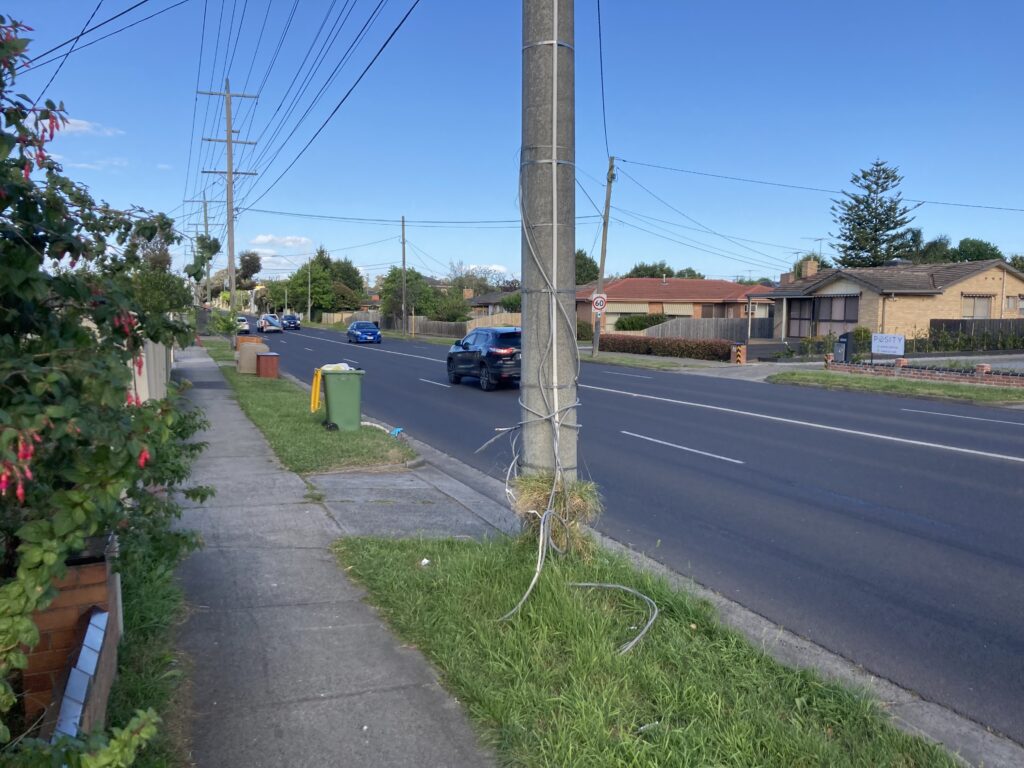
nature strip. Unterminated, they become antennas.PHOTO: Ashley Geelan/VicNews
I thought little more about it, apart from noticing how many old cables from demolished homes had just been left dangling or wrapped around power poles.
It seemed clear that the old pay TV cables now carrying the NBN had just been cut off at the house – or former house – and then just left dangling in the street.
This suggested a lack of maintenance to me.
Technicians return
A few weeks later, I installed a Diamond W8010 5-band trap dipole at home. Another replacement for one lost in the house fire. Within days, I noticed the NBN technicians
were back at the nearby power poles supporting the old pay TV cables.
Yep. It’s me, again. I’m causing the NBN to drop out across the local area, the NBN technician tells me.
The technician then enquires why I am using different frequencies.
I try to explain the basics of amateur radio, but I can tell he’s not quite getting it.
So I gave him printouts of the WIA Band Plan, our regulations and relevant Australian and international legislation.
“You operate on more than one frequency,” the technician asked.
“All over the entire radio spectrum, as per the documents I have given you.”
A salutary lesson
At this point, I realise something, so I ask fellow amateurs on Melbourne’s
VHF/UHF repeaters.
It was concluded that all the old HFC pay TV cables now carrying NBN signals, by not terminating cables properly are acting as antennas.
My strong nearby signal is being picked up by this poorly maintained infrastructure and injected into my neighbourhood’s NBN connections.
Lucky for me, only the NBN technician made the connection between my antennas and the
unintentional interference to the NBN.
This article was originally published in Amateur Radio, Vol.92, No.5, Sep.- Oct. 2024, pp. 49-50, Wireless Institute of Australia (WIA).


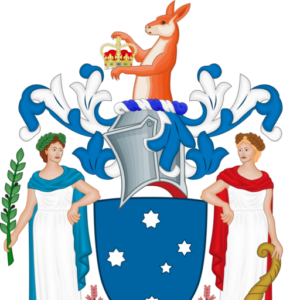


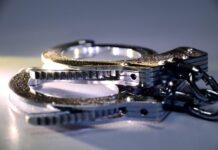


















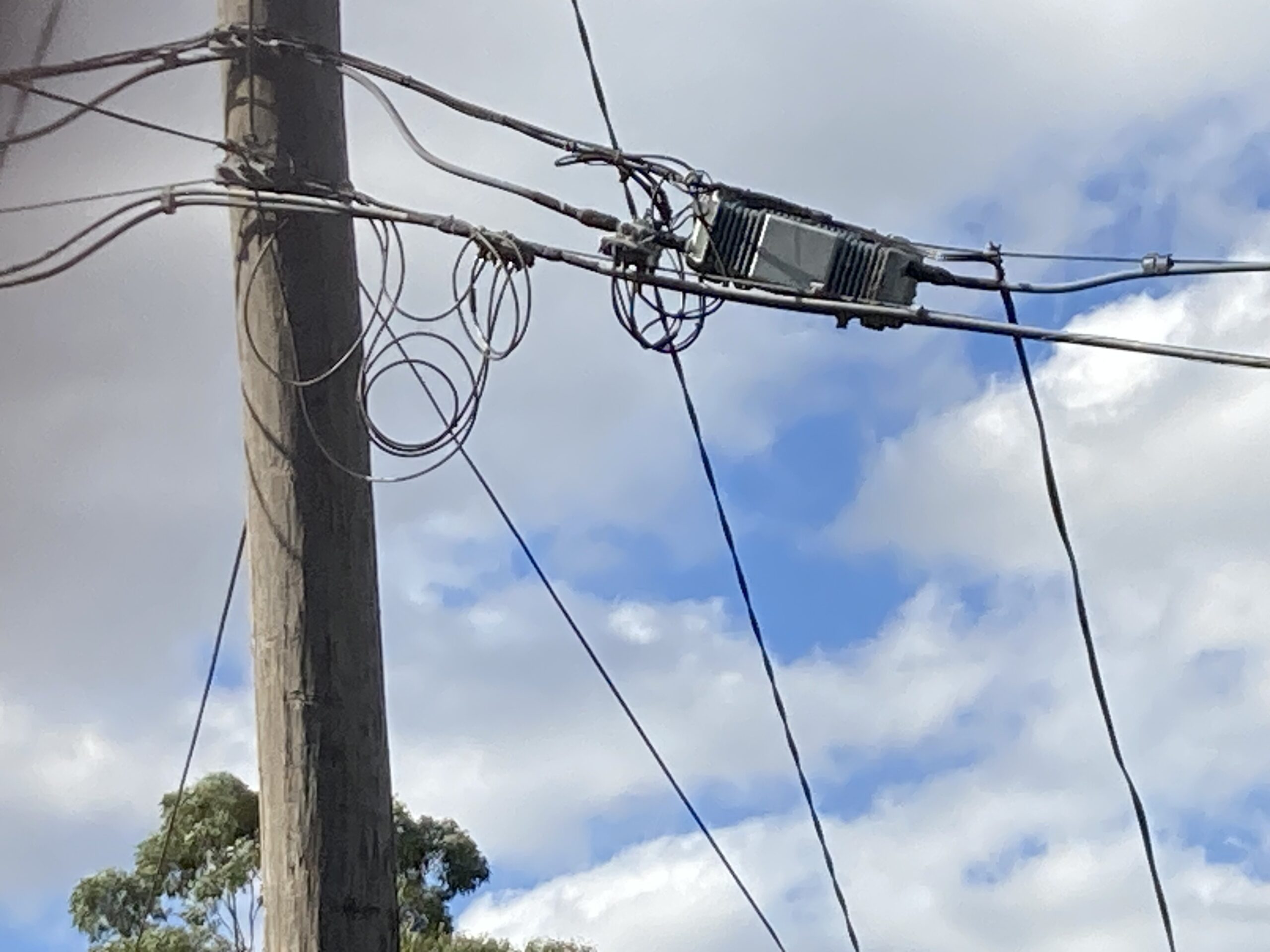


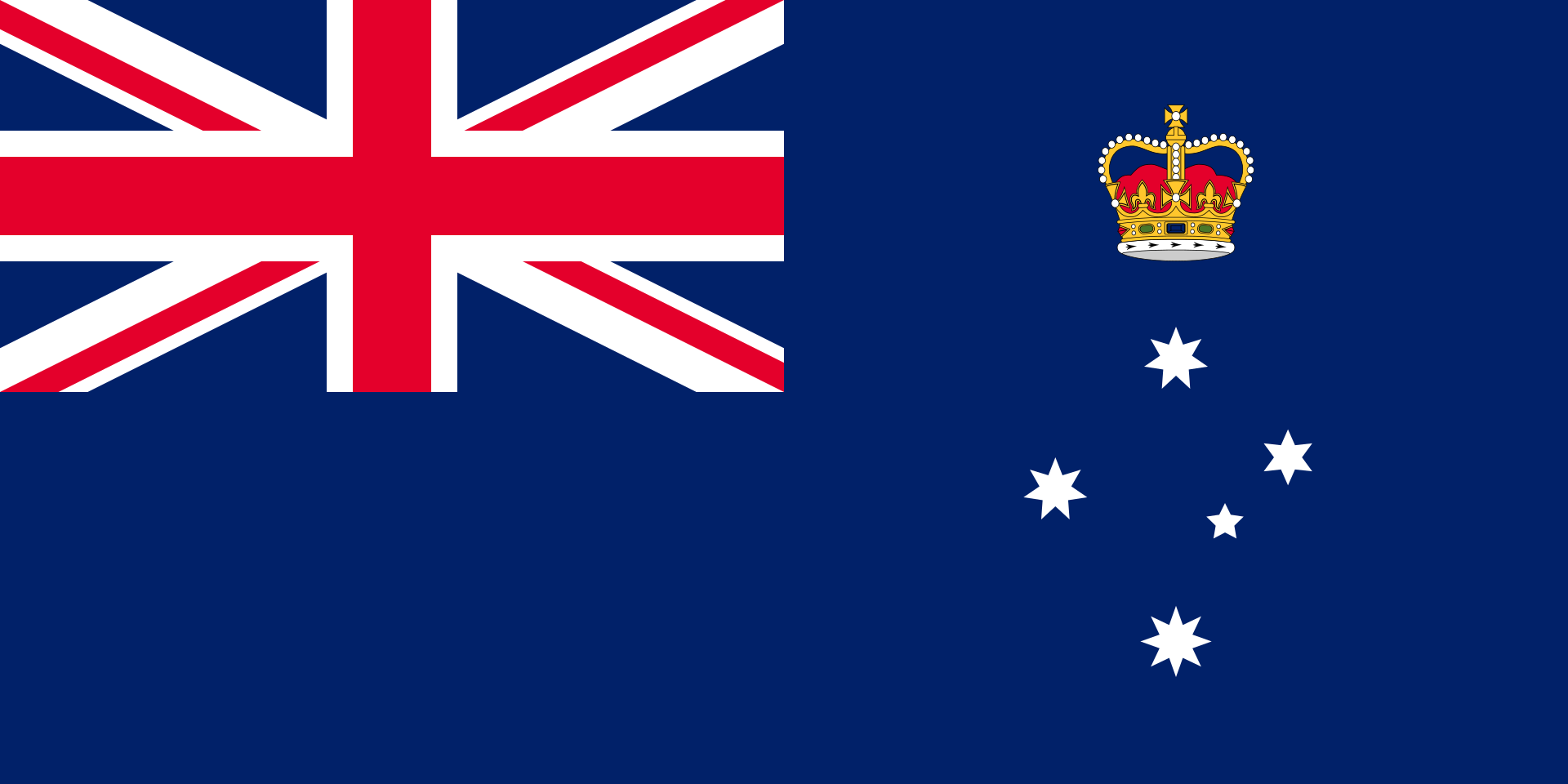



[…] Incident with RFI to the NBN resolved successfully […]
[…] Incident with RFI to the NBN resolved successfully […]
Comments are closed.